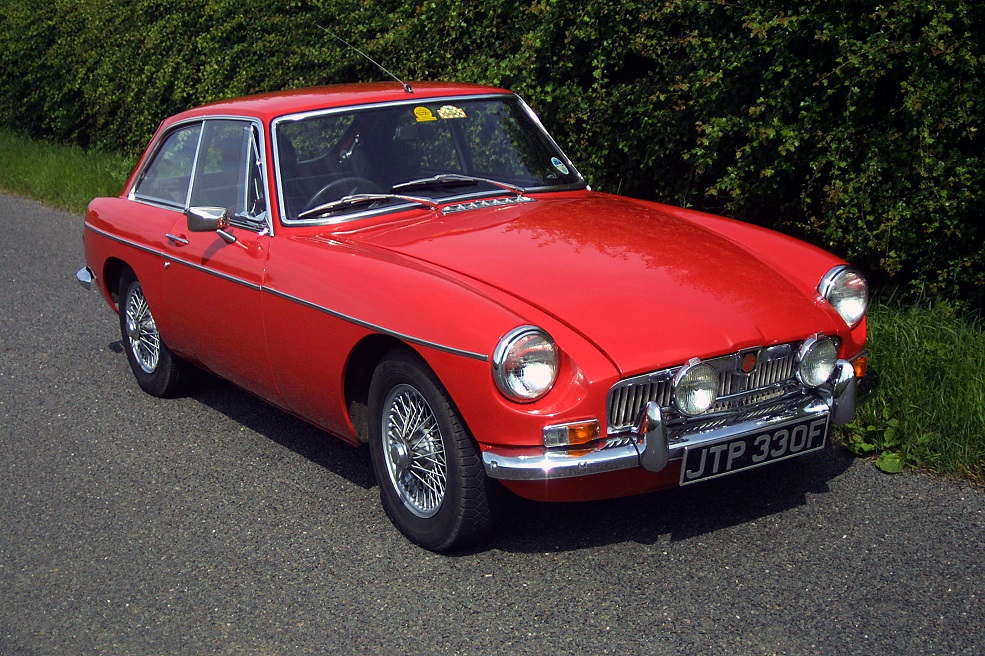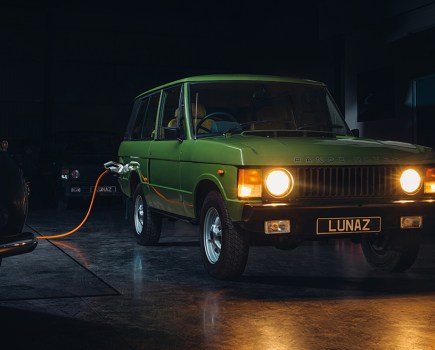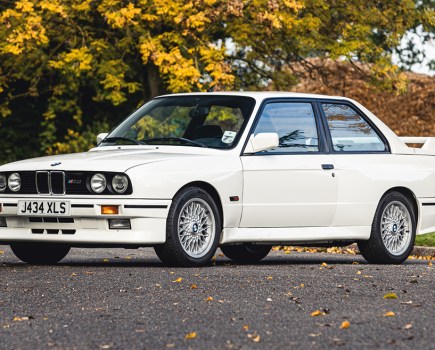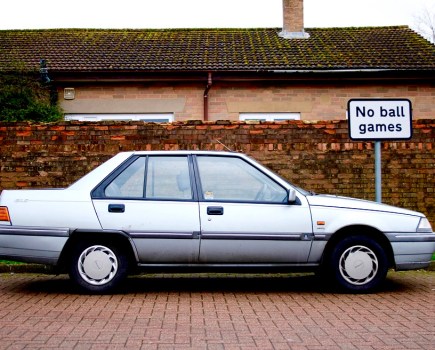One from our sister title; MG Enthusiast contributor Roger Parker talks about getting MGs back on the road.
Looking out of the window this February at blue sky, sunshine and record temperatures, the vagaries of British weather could not be better illustrated than by comparing this beautiful period of hood-down motoring weather with what we had exactly 12 months before, when what became known as the Beast from the East brought snow and sub-zero temperatures. However, what it does highlight is that there can be many great opportunities to drive our MGs in winter, so owners of cars that would normally sit under a cover in the garage until April miss out.
Speaking of April, remember that in the UK cars first used or registered during 1978 can be reclassified as Historic to benefit from the zero duty rate from 1st April 2019. Since taxing a Historic class car can only be done for a full 12 months and insurance is normally for a 12 month period as well, this means that when good weather appears in winter, the door is open for immediate and more enjoyable use of our classics.
This is also a good time to remind owners of over-wintered carburettor cars that float chambers will have been full of modern fuel when parked up, and that during storage the fuel will have evaporated and left non- volatile elements to set within float chambers and small fuel passages. These deposits do not readily dissolve when in contact with fresh fuel and are often the root of poor running after a lay-up, but there is a relatively simple solution that can be described as a carb ‘spring clean.’
Importantly, I suggest that you do not switch the ignition on and let the fuel pump fill the float chambers. Instead, buy an aerosol of carburettor or choke cleaner spray with a plastic straw that sticks into the nozzle. Assuming the carbs are SUs, then remove the dashpots and pistons. Give all the exposed inner surfaces a quick spray and wipe, but the more important move is to insert the plastic straw into the top of each main jet and give a good three second spray. This will flush back into the float chamber, which is why an empty chamber is better. Repeat a couple of minutes later, then remove the fuel lines feeding the float chambers and give a couple of seconds spray in through the float valves, (just the front carb on HIF carbs with impossible rear access). This should remove any residues, and on reassembly the engine should run cleanly, although it may be a little rough for the first few seconds as the residues and cleaning fluid are burnt and replaced by fresh fuel.

Moving on, how many of you remember VNUK? This is the case that was brought before the European Court of Justice in 2014 following a farm yard accident in Slovenia where Mr Vnuk was knocked off a ladder by a reversing tractor and trailer. The judgement based on current EU law stunned almost everyone in its seismic implications that every single vehicle (road and non-road types) would need to be continuously insured, anything from a Formula 1 car all the way down to a motorised bin, even if it was a rusting hulk. Such a monster of a decision could kill off so much of our motoring activity as insurance would be impossible to obtain or costs would be prohibitive, and all because of a careless tractor driver and open wording in law!
Well, now we have had the positive news that MEPs voted to introduce a series of amendments to the proposed new Motor Insurance Directive (MID) that covers the EU legislation in this area, and most importantly they have added clauses that will, if it is continued into law, minimise the effects of that VNUK court decision. The important aspects are in the new wording where it says: ‘only vehicles used in traffic need third party insurance.’ That separates the use of vehicles that are not used on roads to those that are, while ‘dual use’ vehicles, (for example vehicles that may be used for weekend motorsport but driven on the road at other times,) would only require insurance when being used ‘in traffic.’ Lastly there is the exemption for all vehicles used exclusively in a non-traffic environment that would include for example dedicated race vehicles.
However, there remains one quite significant hurdle to be overcome before this becomes EU law in that it all has to be agreed by the EU Council of Ministers later in 2019, so all those active participants involved in getting to this positive stage rightly warn that the job is not yet done and pressure still needs to be applied to EU governments to ensure these amendments are adopted.
Finally, this month I would like to say, a very sincere thank you and fond farewell to our editor Simon who is moving on to new pastures. His tremendous stewardship of this publication over the last 13 years, (where has that time gone?), has raised it to the high position it currently occupies and I wish him every success with his new publication, Classics Monthly.




